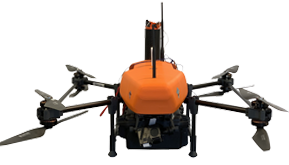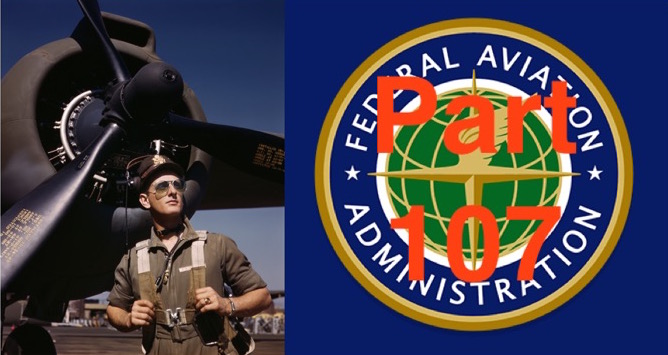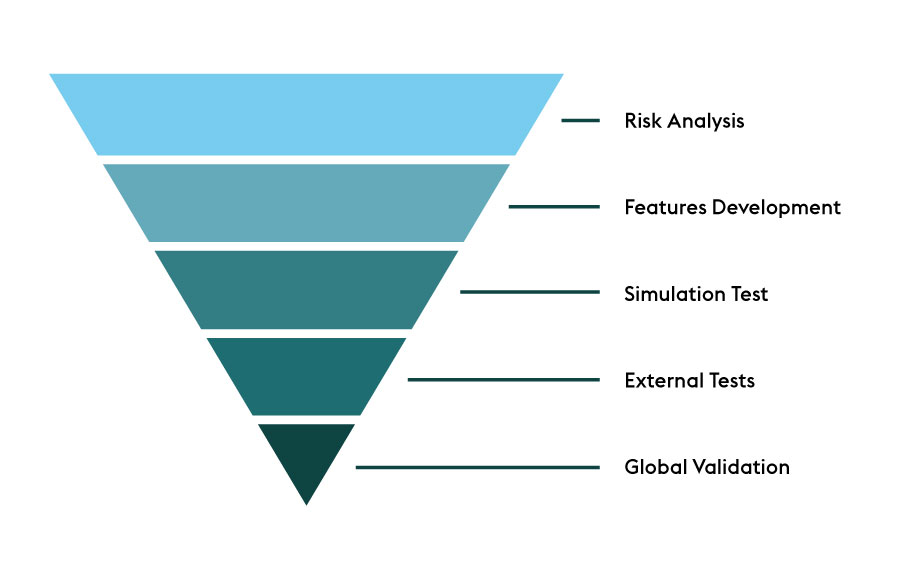Professionals: What are the uses of drones in 2021?
2020 has shown us how risky it is to make predictions and forecasts, but we have also seen structuring elements that allow us to identify major trends in drones for 2021. Antoine Level, CEO of Squadrone System, gives us his top 5 of uses of drones that will be talked about in 2021.
Inventory and transport by drone
Drones are going to see a boom in logistics in 2021 and really be adopted. We’re seeing more and more solicitations and players in different logistics businesses and at different links in the value chain – whether it’s safe warehouse inventory by drone (barcode scanning), fleet inventory by RFID, or even transportation by drone.
Inventory by barcode scanning drone is one of the uses of drones that will revolutionize your business. Inventory drones have many features that allow them to operate in an indoor or outdoor environment. “A device allows the drone to move autonomously thanks to an integrated mapping of the warehouse and a predetermined flight plan. It is coupled to a system capable of identifying and capturing the information to be processed. It will be able to carry out the inventory, associate the image with its position in the warehouse and automatically translate its 3D position into a logistic address.”
Squadrone System’s drone inventory solutions allow you to automate laborious inventory activities. This allows logisticians to collect data reliably in order to gain flexibility, and to free up time for their teams by relieving them of repetitive tasks with little added value (counting, inventory, search for pallets, packages, …).
Similar to the principle of the barcode reader drone, the RFID reader drone can also be used to inventory stocks but this time outdoors. Squadrone System develops drone solutions capable of inventory, transport and control. The drone flies over a given perimeter and collects data thanks to sensors called RFID tag and associates a GPS position. The year 2020 has allowed us to deepen and develop solutions capable of detecting these tags. 2021 will see more and more experiments with end users.
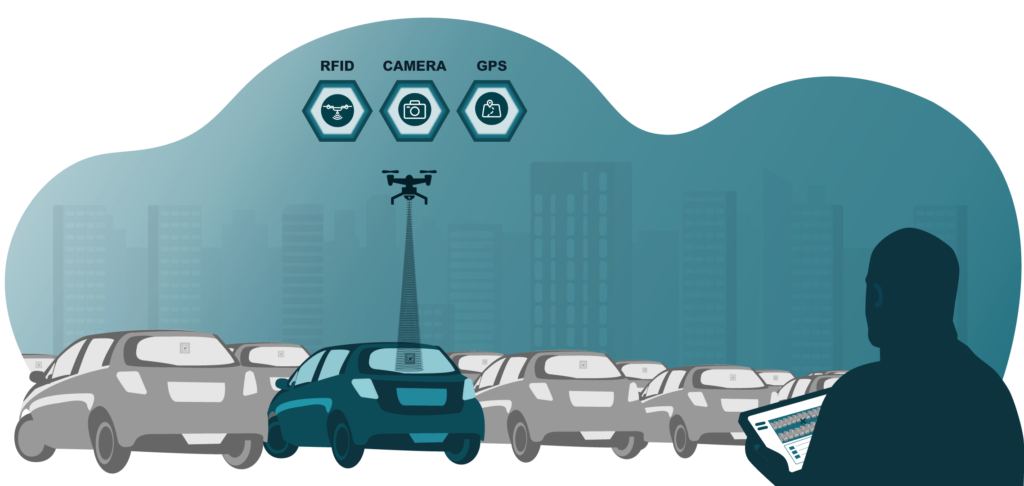
Drone transportation is also one of the must-haves for drone use in 2021.
We believe that the sky will not be overrun with drones tomorrow, but that specific transportation uses of drones will soon benefit from a real drone contribution.
Transportation drones are strategic and allow companies to lower overall costs. Here are some drone transportation use cases you may have already heard about:
- Covid-19: The transport of the Covid-19 vaccine (you know that flagship virus of 2020) is also done by drone. Indeed, this type of transport is sometimes more secure than ground transport.
- Medical opening up: drones can be used to transport emergency kits and medicines for the most isolated populations. These are great innovations in the service of health.
The transport drone allows security, economy and differentiation. As you can see, drone transport is a growing market, and investing in industrial automation is the right thing to do in 2021 to differentiate yourself from the competition.
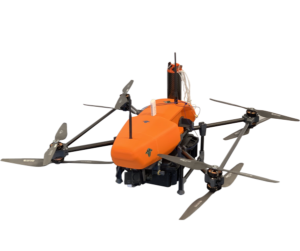
Inspection and monitoring by drones
The evolution of localization and autonomous navigation technologies allows today complex use cases of inspection by drone. We have identified many use cases for inspection by autonomous drone that will be confirmed this year. In addition, the RFID technology identified above, coupled with sensors, allows us to go even further in infrastructure monitoring.
Indeed, thanks to the drone, we are now able to collect data with reliability on infrastructures and large structures.
Monitoring brings real added value, particularly in the agricultural sector. Now the monitoring of plantation parameters becomes a child’s play. Equipped with specific sensors (RFID), the drone is able to monitor and analyze different parameters: humidity levels, temperature, and thus act accordingly, all without batteries or infrastructure on the monitored assets. Drone monitoring allows you to collect more data reliably, without batteries or complex infrastructure. Inventorying stocks thanks to drones is good, but knowing precisely the characteristics of the stocks is even better!
Increasingly intelligent and industry-oriented drones
Among the most anticipated technologies for 2021, we also find Artificial Intelligence coupled with a drone. This duo is developing rapidly and can go beyond aerial imaging. Thanks to AI, you will be able to detect, identify, count, geolocate, track objects and finally alert.
The applications are vast and today at the experimental stage. Among the applications that seem promising, we can mention: security, industry, logistics, the possibilities are endless. We have the impression that 2021 will be better than 2020…
Who says new year says change:
From January 1, 2021, European law will now apply to drone flight in France. Several major changes on the regulation are planned. As a reminder, French legislation differentiates between recreational and professional pilots. For professional use, the S1, S2 and S3 scenarios apply depending on the situation of use. As for the leisure drones, it is necessary to equip the professional drones of more than 800g with an electronic report and to register them on the AlphaTango website. Here’s what you need to remember about these new standards:
- No more differentiation between leisure and professional users: a new classification will now be made according to the level of risk: “open” for low risk, “specific” for moderate risk operations and “certified” for high risk operations.
- Then we find subcategories according to the weight of the drones and finally classes (C0, C1, C2, C3, C4…) for EC drones under Regulation 2019/945.
- A limited open category is also present in the legal texts. It includes all drones weighing more than 250g that are not marked with the C0, C1, C2 classes. To date, all drones on the market weighing more than 250g fall into this category.
AND YOU, WHAT ARE YOUR EXPECTATIONS OF DRONES IN 2021?
Newsletter
Don’t miss our news !
Our solutions

CLOVER
Autonomous Indoor Drone
Data capture,
inspection and monitoring
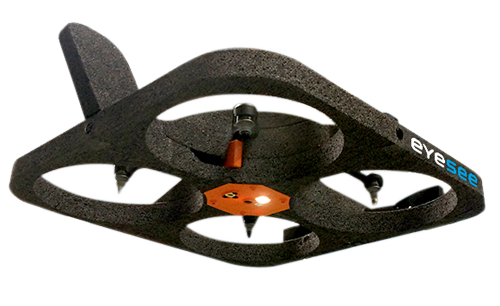
EYESEE
Autonomous inventory drone
Indoor inventory
by barcode reading
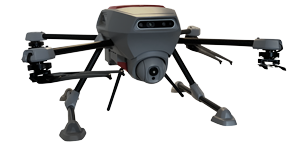
APACH
Drone with adaptable payload
Control, inspection, day and night
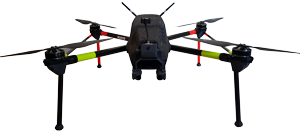
CROW
Fast and reactive drone
Aerial action with
adaptable payload
